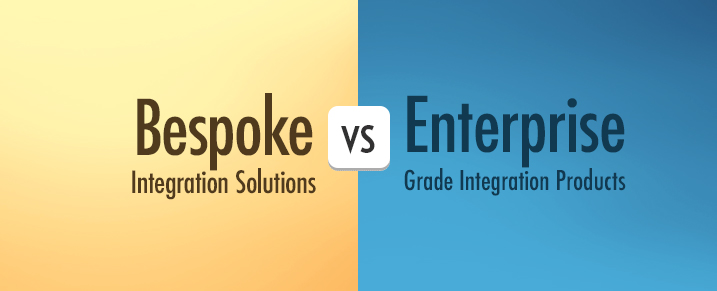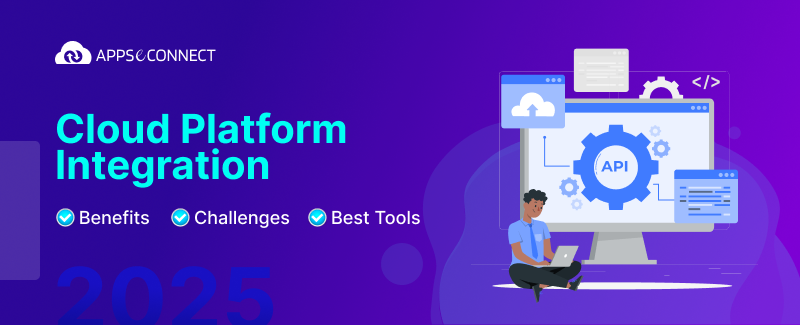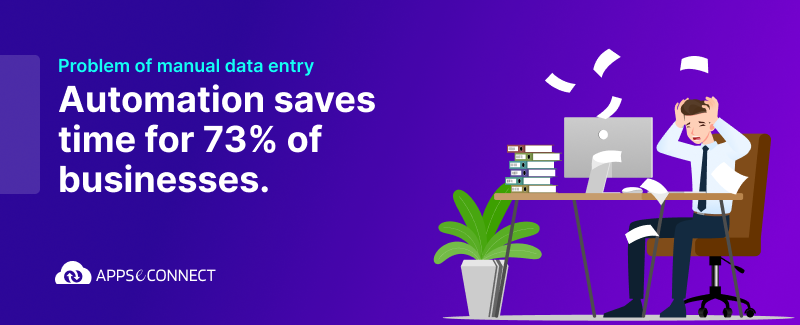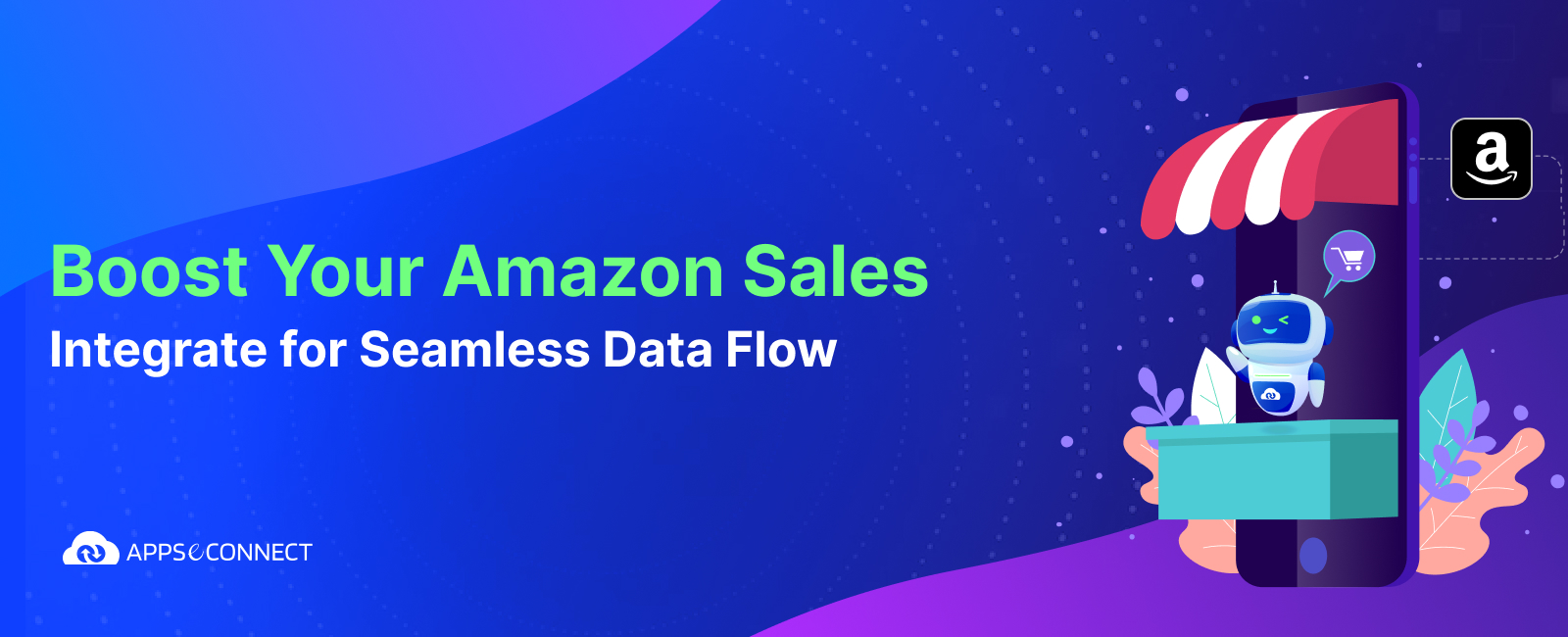When we hear about the term “Integration” of software such as ERP, Ecommerce or CRM’s, the easiest form of interpretation that comes to our mind is, it is just another piece of software working between these two platforms whose only job is to copy and paste data from one software to the other.
As a result of this simple interpretation it does not take us a moment to reach the obvious conclusion that, when it is just a job to copy paste sets of data from one end to the other, then there is no need to spend another few thousand dollars on purchasing a dedicated off-the-shelf Enterprise Grade Integration Software. Instead, it is much more cost effective to connect with a developer or an organization, bargain out a bespoke solution at half of the cost and get on with it.
Sounds economical and handy, isn’t it?
Unfortunately, based on my past six years’ experience in dealing with two industry leading products and its benefits, my opinion has somewhat become exactly opposite to this. To me, the above note sounds asking a Mason to design me an earthquake-proof home, rather than asking a certified Architect to do the same, who is made for the job with relevant knowledge and skill set on the subject.
I know it sounds harsh. So, let’s try to dig deeper to find out “why”.
What is a bespoke integration solution and what are its effects?
A bespoke solution as it sounds is a completely custom built or tailor-made software specifically developed for an individual organization based on their requirement inputs and specifications. It is developed from the scratch for one particular business.
In ideal world scenario, the beauty of such custom-built solution is that it is developed based on the exact requirement of the organization, so that the final developed end solution can fully fit in with the existing software of the organization.
As the organization, will have absolute control and authority on the developed solution, so future modifications on it based on the ever-changing landscape of technology within the organization will also not be a big problem.
Also in certain cases, the financial implications of developing a custom-built software becomes quite less than opting for a ready-to-use product available in the market. Because in these cases it can be done by making use of either the in-house IT team, or freelance professionals, or service companies.
So, if we are to go by the above-mentioned points then it might seem like investing time, effort and money on a bespoke integration solution is the best possible approach that a company can have instead on investing on acquiring a license of specialized Integration Product such as APPSeCONNECT.
But, in most of the cases what I have observed is that the organizations which think deeper with a long term goal, benefit and profit in mind, rather that short-term gains, often dodge the approach of having a custom solution and instead choose to go with a widely tested and used product because of the following critical preventive factors involved with any bespoke solution:
- Initially while doing research and requirement identification of the solution that is to be custom built it looks like it can be achieved at a bare minimum cost with minimum effort from any individual. As, the project starts, soon the Organization gets to know that instead of being cost effective and easy to achieve, it is exactly the opposite. The approach of getting custom designed software often needs teams comprising of dozens of people each bringing skills such as analysts, programmers, hardware and software specialists and technical writers. Soon, the time and manpower needed to create and maintain a such a custom developed system quickly adds up, thus making it financially unviable on the long run.
- As observed by me over the years, in most of the cases the customer (Organization) do not even have a clear understanding of his own requirement and its technical feasibility. In such a case a custom developed software can only match the requirements of the customer to the extent that he can define them, and if the developer can understand them. If the customer does not have a clear strategic plan for the business operations and requirements, long-term IT plans that support the business requirement are difficult to determine and often fall apart. Thus, the finished product is unlikely to have the capacity to evolve with the company, with errors and misunderstandings at the early stages of development leading to spiraling costs and delayed delivery.
- Even if it is developed somehow, in the longer run it becomes prohibitively difficult to maintain and keep up with the ever-evolving technology of the two platforms that it has integrated, as a result a large team must be maintained just to maintain the product.
Then, what does an Enterprise Grade Integration Platform bring in?
In general, off-the-shelf enterprise grade products such as APPSeCONNECT are produced to meet the perceived needs of any business. They have, in effect, a one size fits all set of generic features and, for more complex requirements, customization facilities are available on top of the connector.
Thus, off-the-shelf connectors/products are easy to implement and easy to use, which often ends up giving an impression that this is a very easy piece of technology and solution. Instead, it is exactly the opposite to this. The connector sits between the two different pieces of applications who talk in two different languages. It does not only need to understand the language of both these applications but have to also transform it to the language that is understood by the other application to which the data will be synchronized. This requires an in-depth knowledge on the subject, along with the applications which it will be integrating.
The perfection in which these products work with is the direct result of thousands of hours of R&D involved in planning, developing and improving them over the years. Bespoke solutions or custom integration solution can never have this luxury of time, effort, and money that is to be involved solely for doing this specific set of work.
Customers requiring support for their off-the-shelf products will always have the peace of mind knowing that the software is tried and tested, and support is readily available, along with upgrades to keep up with the changing technological landscape.
Conclusion:
Unless a company has some amazingly unique scenario (that would not have been picked up by any of the ready integration solutions) it is always suitable to buy an off-the-shelf, market-tested solution that is the result of hundreds of thousands of man-hours of development, planning and fine tuning. There is always certain unique requirements for each business, but that can be easily met through certain specific customizations on top of the ready solution.
The Pareto 80:20 principle can be applied for such scenario. Having 80 percent of the application already available enables the remaining 20 per cent to be configured specific to customer requirements without any problem or wastage of time.
APPSeCONNECT is a powerful integration platform that connects various business applications (ERP, Ecommerce, Marketplace, CRM, POS, Shipping Solutions, etc.) and enables them to talk to each other and operate as ONE. It empowers businesses to automate their vital business processes, eliminating the need for any painful manual data exchange which results in redundancy and errors. It enables real-time, bi-directional data exchange between applications, thus enhancing productivity and thus accelerating growth.
You may also like:
iPaaS – Integration Platform as a Service for Beginners
How to Choose Colors for your Ecommerce Store?
Integrating Business Applications – 5 Key Points to Consider





















